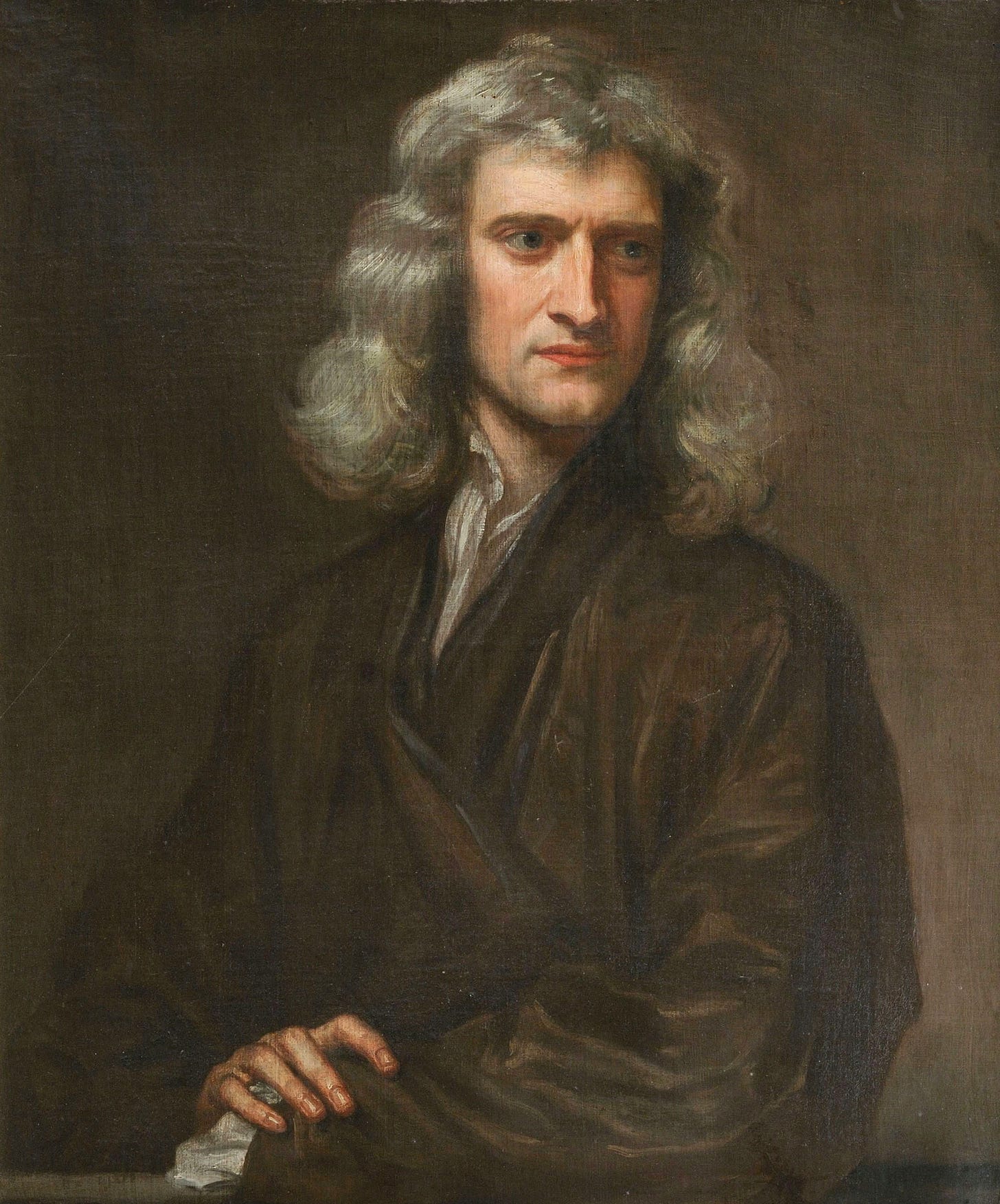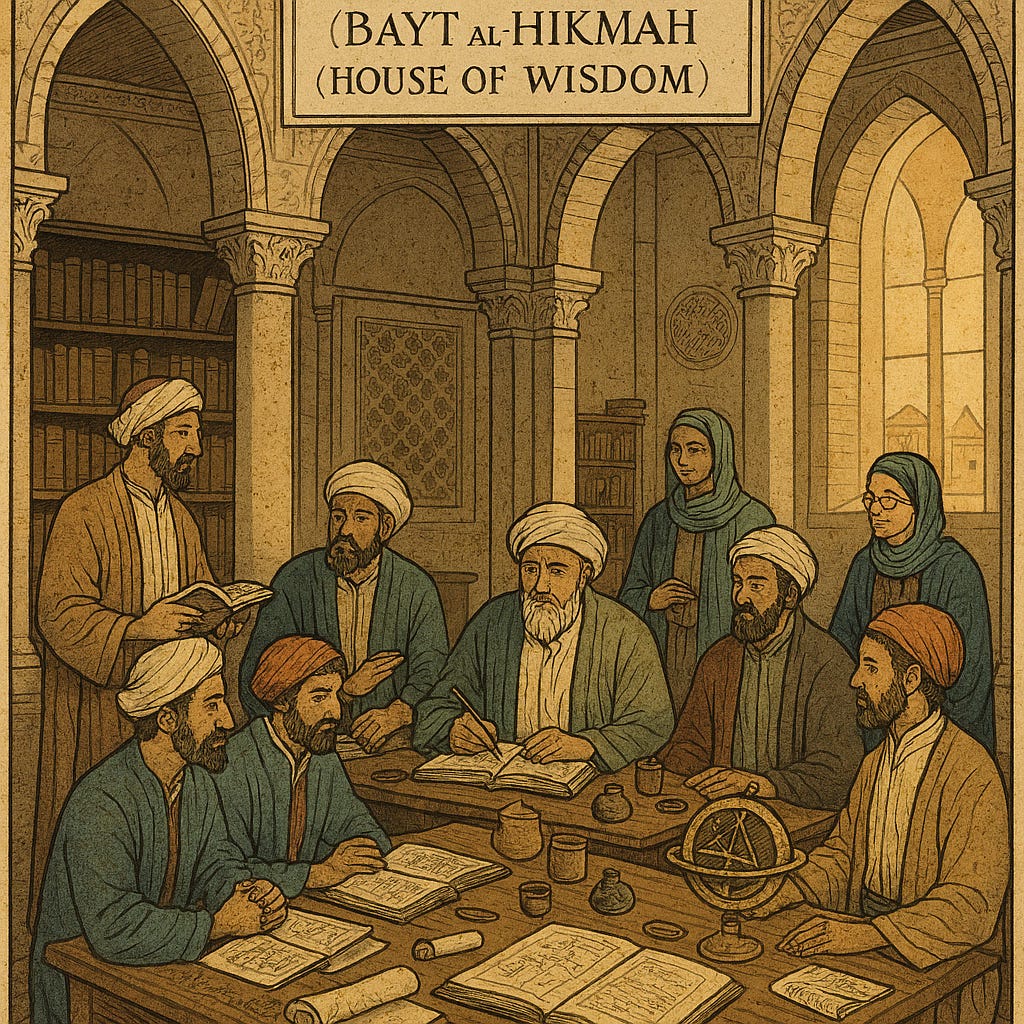For centuries, schoolbooks have taught that Isaac Newton discovered the laws of motion and gravity. But what if that story is incomplete? What if the real origins of these laws go back centuries earlier—across continents, languages, and civilizations?
Modern physics owes much to Newton, but attributing the discovery of motion and gravity solely to him is misleading. Long before Newton published his Philosophiæ Naturalis Principia Mathematica in 1687, scholars in the Islamic world had already formulated similar principles. These thinkers laid the intellectual groundwork that Newton would later build upon—a fact that has been largely erased from popular history.
When we say "Islamic world," we are referring specifically to the Islamic Golden Age (8th to 14th century CE), a time when Muslim-ruled societies across the Middle East, North Africa, Persia, Central Asia, and Andalusia (modern-day Spain) became global centers of learning. During this period, scholars of various backgrounds—including Arabs, Persians, Berbers, Jews, and Christians—thrived under Islamic governance that encouraged scholarship. Institutions like the House of Wisdom in Baghdad translated Greek, Persian, and Indian texts into Arabic and expanded on them through original research, laying the foundations of modern science, medicine, mathematics, and philosophy.
Keep reading with a 7-day free trial
Subscribe to VEINS OF TRUTH to keep reading this post and get 7 days of free access to the full post archives.



